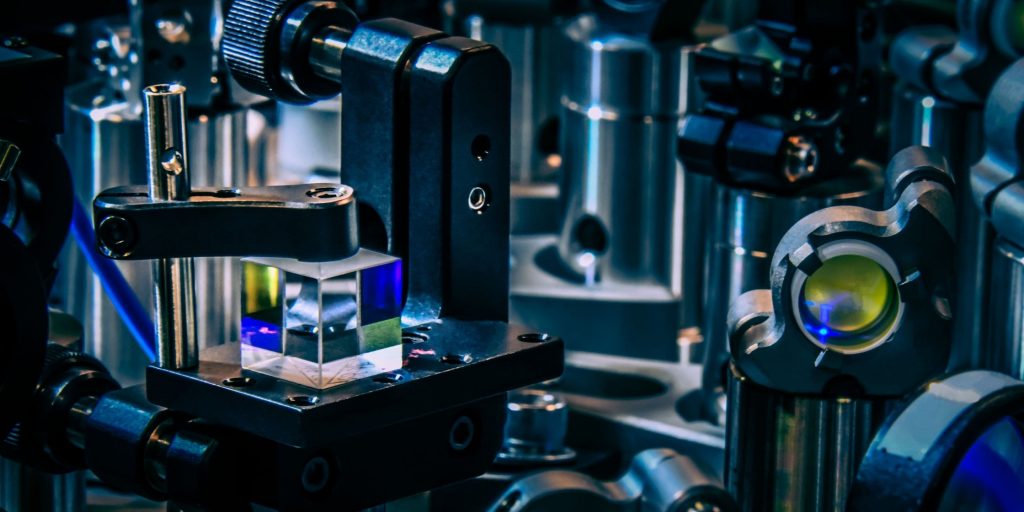Quantinuum has collaborated with researchers from the University of Colorado-Boulder to advance encoding for quantum error correction by identifying non-local quantum low-density parity-check (qLDPC) codes, which they have used to implement higher-rate error correction on Quantinuum’s H2 quantum processor.
The partners have produced a new paper that details the discovery and use of non-local qLDPC coding, which previously existed only theoretically.
A Quantinuum statement claimed researchers were able to use the new code to create four error-protected (logical) qubits, then entangled them in a “GHZ state” with better fidelity than doing the same operation on physical qubits, “the first time anyone has entangled four logical qubits with better fidelity than the physical analog.” This means that the error protection code improved fidelity in a difficult entangling operation. The company stated.
Using high-rate coding that enables the number of logical qubits to be proportional to the number of physical qubits will allow Quantinuum’s quantum computers to scale much more quickly than machines relying on more traditional encoding schemes that have a hard limit on the number of logical qubits one can get in each code block, thye company said.
The achievement with CU-Boulder comes about three months after Quantinuum and Microsoft announced they had used a qubit virtualization system from Microsoft to demonstrate logical qubit fidelities that were much more reliable than physical fidelities. The two achievements together bring quantum computing a step closer to the fault-tolerant quantum computing era, Quantinuum said.
Image: Quantinuum’s H2 system
Dan O’Shea has covered telecommunications and related topics including semiconductors, sensors, retail systems, digital payments and quantum computing/technology for over 25 years.
